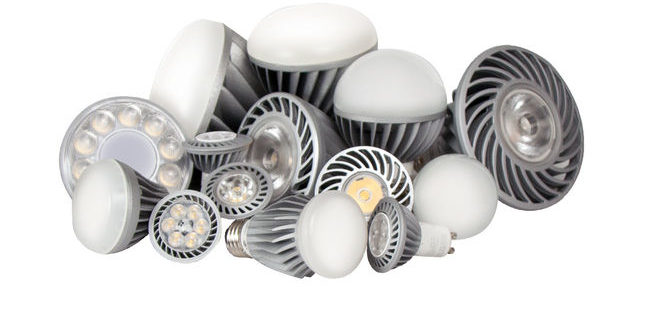LED is short for light emitting diode. Classified as solid-state lighting, LEDs use semiconductors to generate light rather than electrical filaments or gases. They are currently at the forefront of the lighting industry, offering unbeatable energy efficiency and lighting effectiveness. They outperform traditional technologies, like fluorescent and incandescent, and provide vast benefits in all applications.
LEDs are the most efficient way to save energy, improve visual aesthetics and conserve our natural resources without sacrificing light quality or consistency.
